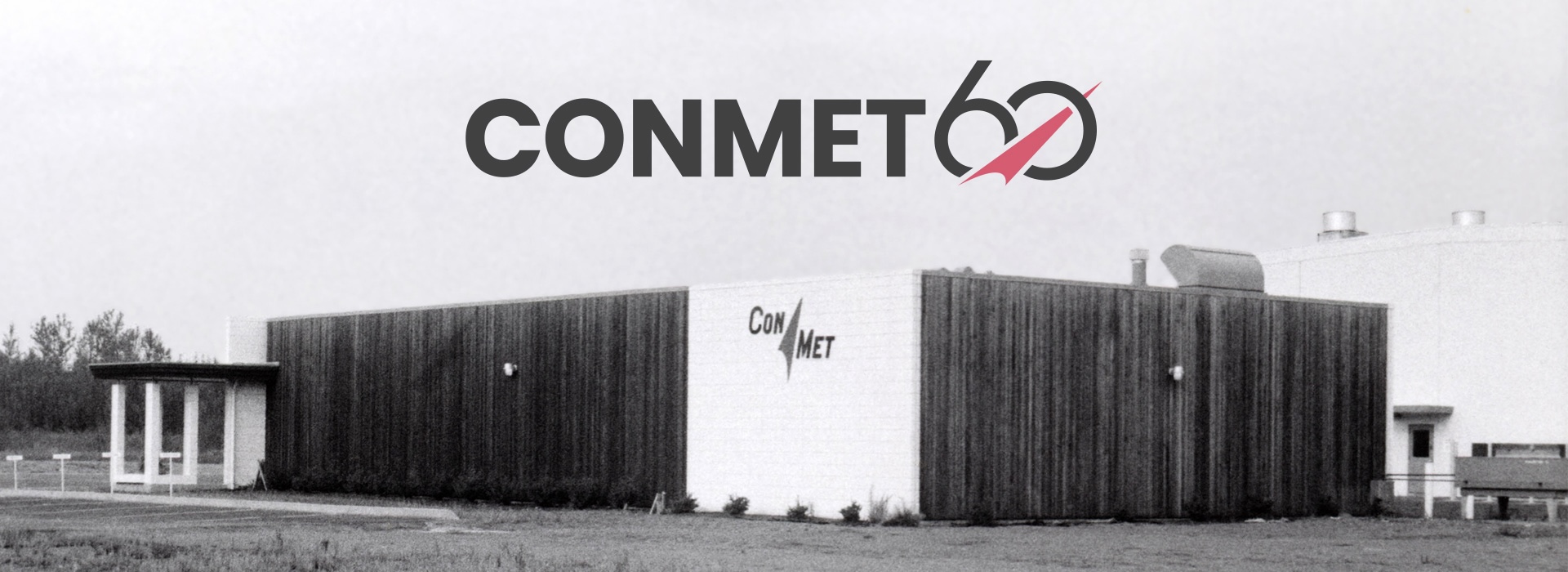MAY 2023 – In recent years, digital fleet telematics solutions have emerged as a critical tool for fleet management, providing fleet operators with insights into vehicle and driver performance, asset health, and operational efficiency. However, the success of telematics solutions largely depends on how well they are integrated into the fleet’s standard operating procedures. By following best practices for implementation, these solutions can have a transformative impact on a fleet’s business.
Understanding the Basics
Before integrating telematics into fleet operations, it’s best to understand the basic functions of the selected solution. Many telematics providers offer options to tailor a solution to unique needs, so be aware of the available options and how they work. Some of the key factors to consider include:
- What is being measured? Telematics solutions can measure a wide range of parameters, including tire pressure, wheel health, brake health, and more. It is essential to understand which telematics solutions are to be installed and what they measure in order to ensure alignment that the information being collected will meet a fleet’s specific needs.
- Where is it measured? Understanding where sensors are applied and capturing data is crucial to ensure accurate measurements. It’s also important for maintenance crews and drivers to be aware of this placement for maintenance needs or to take appropriate care when servicing nearby components.
- How is it measured? Having a basic understanding of how the data is measured and analyzed will help make sure operating procedures are effective for gathering accurate and useful information. Does the system use temperature, air pressure, sound, vibrations, or other means to measure the data? Does the information provided from the telematics solution offer an action plan or insights that make it easy to interpret how the fleet can use the data efficiently?
- When is it measured and received? Understanding the time intervals of data measurement, and in turn how frequently to watch for updated information, helps ensure an efficient and effective process. When information becomes available, how is it received? Will a dispatcher access updates on a desktop dashboard? Is there a mobile app for quick and easy alerts on the go? Can the system generate email or SMS text message alerts?
Establishing Effective Processes
Once you have a clear understanding of what telematics solutions measure and how they work, it’s time to establish effective standard operating procedures. Here are some steps to consider:
- Identify who will receive alerts: Determine who will receive alerts, such as a dispatcher, service team and/or driver. Will they need to perform any analysis before taking action? What training will they need?
- Determine how information will be relayed: Decide how information will be relayed across the team, such as through an app or other means, to ensure that everyone is on the same page and can take action quickly when needed.
- Roll out the process: Once standard operating procedures are established, the whole team, including service team, drivers, and support staff, need to be educated on the changing procedures. Fleets should hold meetings with everyone involved to give them a chance to ask questions, and documentation should be easily accessible for future reference.
Choosing the Right Telematics Partner
Choosing a telematics partner that offers a full-service package is important, but it’s equally crucial to choose a partner who will set you up for long-term success. Here are some factors to consider when selecting a partner:
-
- Comprehensive training and support: A telematics partner that provides onsite training, installer aids such as installer apps, and technical account managers can help ensure a smoother rollout process.
- State-of-the-art data science: The use of algorithms and machine learning is critical in quickly analyzing the vast amounts of data collected by more and more complicated telematics systems. Identifying patterns and trends in the data can help fleet managers make more informed decisions about their operations. Data science techniques can define alerts based on different asset components, such as hubs, tires, axles, and brakes. Pattern recognition, which involves capturing patterns in data while reducing or eliminating outliers, can help dramatically reduce false readings and alerts. This process also filters out irrelevant data, such as road noise and speedbumps, and highlights true indicators of early lifecycle failures or immediate service needs.
- Proactive, actionable alerts: A well-designed telematics solution should offer concise, relevant information and deliver alerts that can be acted upon quickly when necessary, without overwhelming a fleet with extraneous data. Alerts should include what action needs to be taken, as well as when it should be completed, without the need to log on to a dashboard and manually analyze the data. The system should also learn patterns over time, making the alerts richer and more predictive as the telematics system matures.
Unleash a new level of fleet management with ConMet Digital
ConMet Digital helps fleets make data-driven decisions that lead to improvements in utilization, uptime, safety, fuel efficiency, and component life. The fully retrofittable solution – which includes real-time GPS asset tracking, wheel end performance monitoring, tire pressure monitoring, brake line pressure monitoring, and axle load monitoring – can be quickly installed, immediately connecting fleets to rich insights that seamlessly integrate with their existing processes and protocols.
VANCOUVER, WA | by Isaac Otto, Product Manager – Digital


